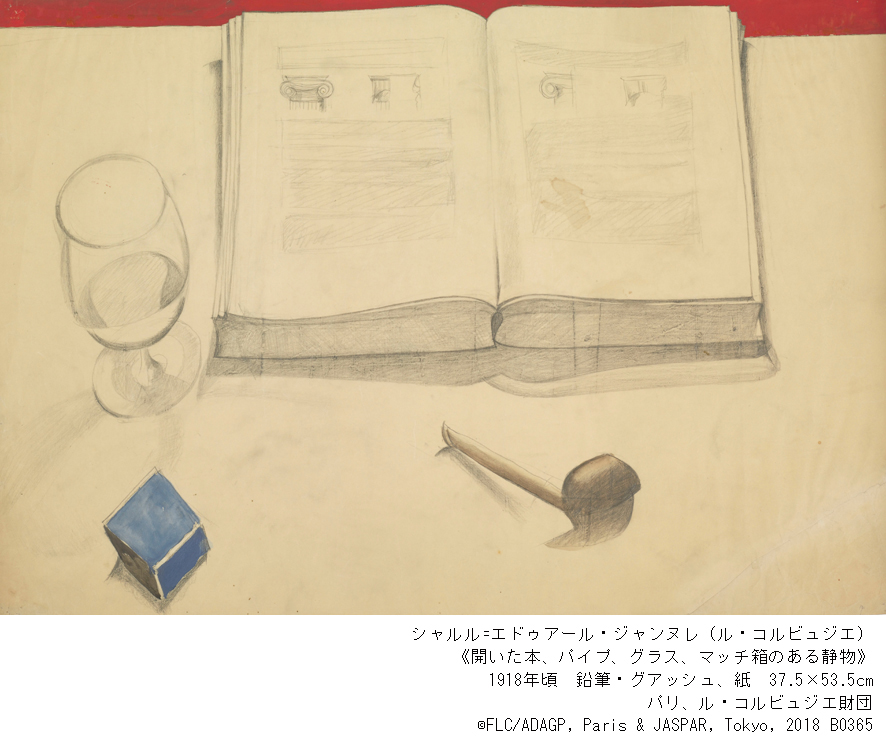The National Museum of Western Art (NMWA), Tokyo's special exhibition "Le Corbusier and the Age of Purism" provides a tangential look at the career of Charles-Edouard Jeanneret (1887-1965), who went on to become better known as the pioneering modernist architect "Le Corbusier." This survey of his transition from painter to designer of buildings and urban spaces is a revealing origins story that suggests a greater understanding of Le Corbusier's architectural vision could come from considering his 2D images.
Creator of elegant minimalist villas, and a promoter of raw concrete who used wartime coastal defence fortifications as inspiration for a church, Le Corbusier has been canonized as a creative genius but also vilified as a megalomaniacal opportunist many times over. The acknowledgement most pertinent to this exhibition is the NMWA building itself having been designated a UNESCO World Heritage site in 2016.
Though there are several architectural models on display, including a section devoted to the iconic Villa Savoye (1928-31), built in Poissy in the western suburbs of Paris, the exhibition mainly focuses on Le Corbusier's painting. It also includes work by artists that led to the purism movement developed by Le Corbusier and French artist Amedee Ozenfant (1886-1966) in response to cubism.


















With your current subscription plan you can comment on stories. However, before writing your first comment, please create a display name in the Profile section of your subscriber account page.